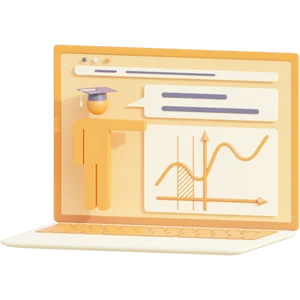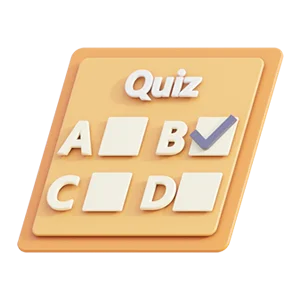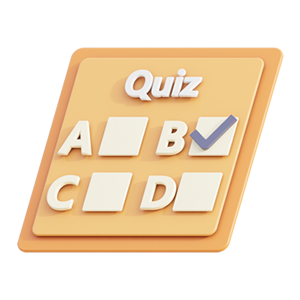Enterprise analysis - slides + notes (2020-2021)
This document contains all the slides with extensive notes of the 'enterprise analysis' course taught by prof. Vanthienen (KU Leuven). It is the second part of the business analysis course.
This document is NOT a summary. All notes provided in the online lectures are almost literally written out. It seems like a lot of information, but it provides an excellent context to study the course and reads very fast. Note: the notes may contain typos.
I obtained a 16/20 for this part of the exam in January 2021.
Preview document (5 van de 404 pagina's)
Voordelen van Knoowy
€ 8,99
 Niet tevreden? Geld terug
Niet tevreden? Geld terug
 Document direct te downloaden
Document direct te downloaden
 € 0,50 korting bij betalen met saldo
€ 0,50 korting bij betalen met saldo
-
 Ontvang gratis oefenvragen bij document
Ontvang gratis oefenvragen bij document

Specificaties
- Vaknaam: Enterprise analysis
- Alle documenten voor dit vak ›
- Vakcode: B-KUL-D0I81A
- Studiejaar: 2020-2021
Document
- Rubriek: Aantekeningen
- Bijgewerkt op: 16-03-2021
- Gemaakt op: 13-03-2021
- Type: .pdf
- Pagina's: 404
- Taal: English
Tags
Verkoper
Beschikbaar in bundel
Al meer dan 146.000 tevreden studenten
-
Indominax
De samenvattingen zijn goed om te gebruiken als je te laat bent met leren of slecht bent in samenvatten.
-
febeh
Betrouwbare website. Helpt me goed bij het studeren en herhalen.
-
noellebeekhoven
Knoowy heeft mij geholpen om aan samenvattingen te komen, zodat ik tijd bespaar door het zelf niet te hoeven maken.
-
Bianca
Ik vind Knoowy de max! Door de hulp van andere studenten kan ik mijn examens makkelijker halen.
-
dollyvanderpoel
Ik ben altijd erg blij met de samenvattingen van Knoowy.
-
Isabelchloe
Knoowy is een top site waar je veel samenvattingen op kan vinden.
-
EBELMANS
Prima ervaring, vlotte betaling, alles vlot kunnen downloaden Zeker voor herhaling vatbaar.
-
MathieuHaldermans
Bespaart héél veel opzoekwerk en stress ook zeer overzichtelijk en gebruiksvriendelijk.
 Actie: ontvang 10% korting bij aankoop van 3 of meer items!
Actie: ontvang 10% korting bij aankoop van 3 of meer items!
Actie: ontvang 10% korting bij aankoop van 3 of meer items!







